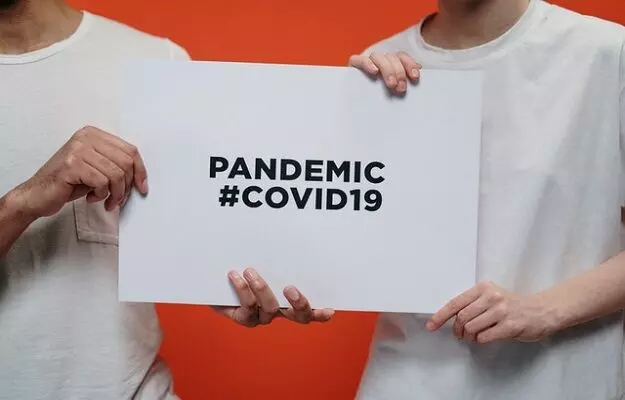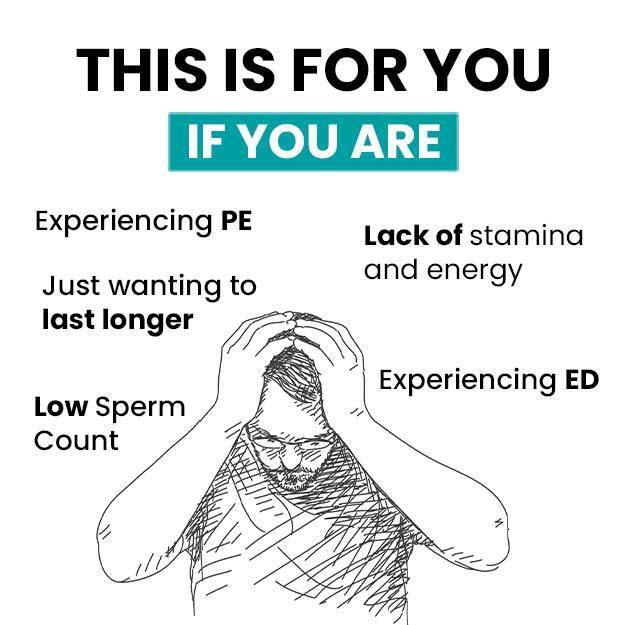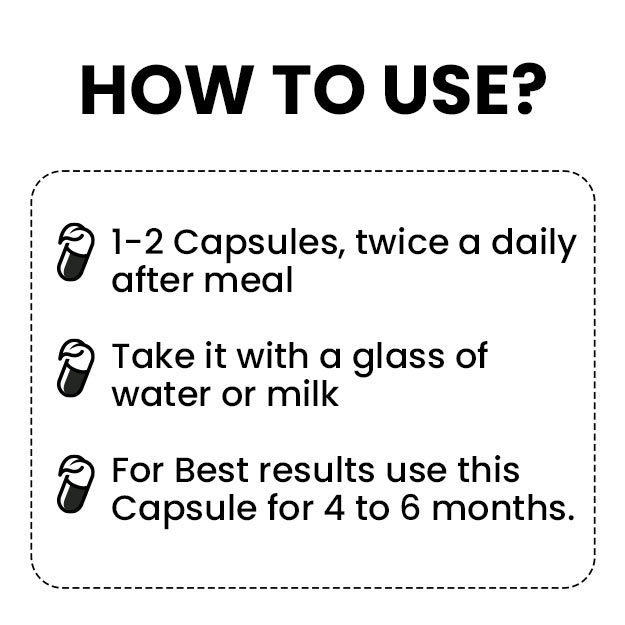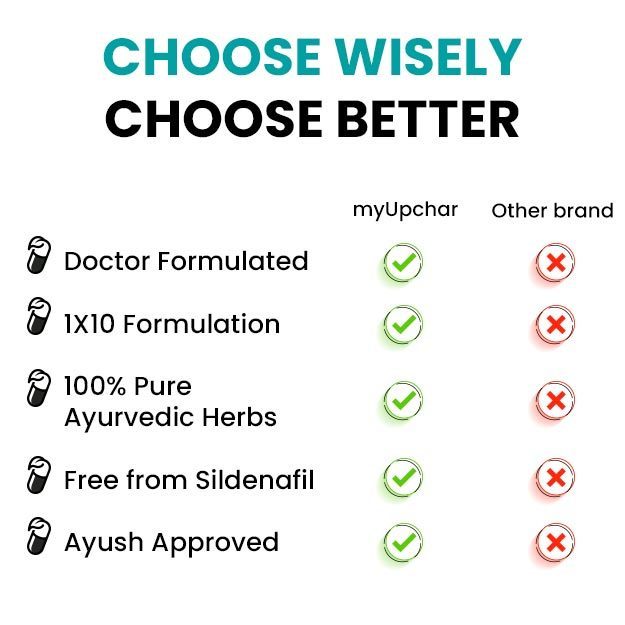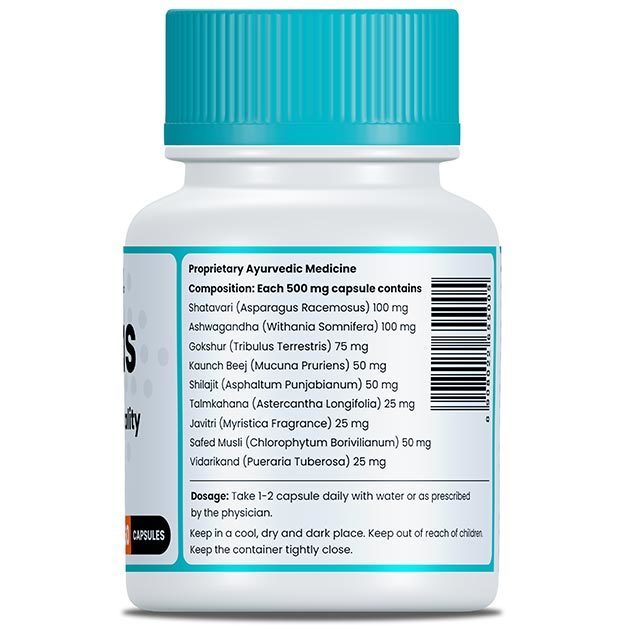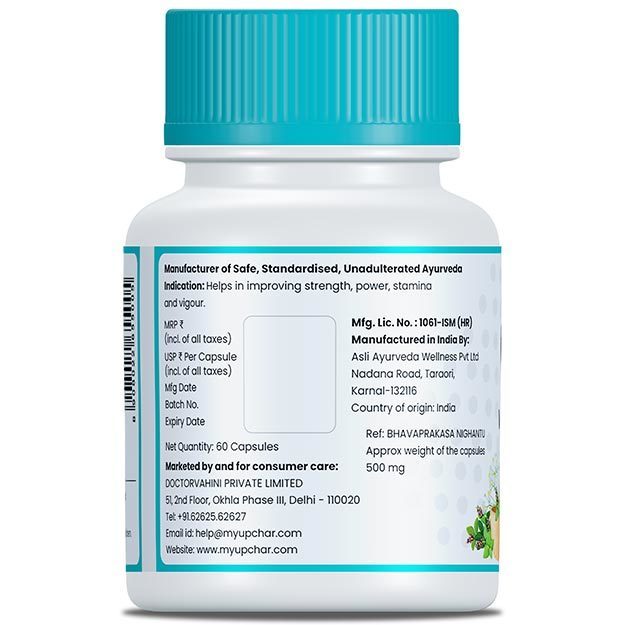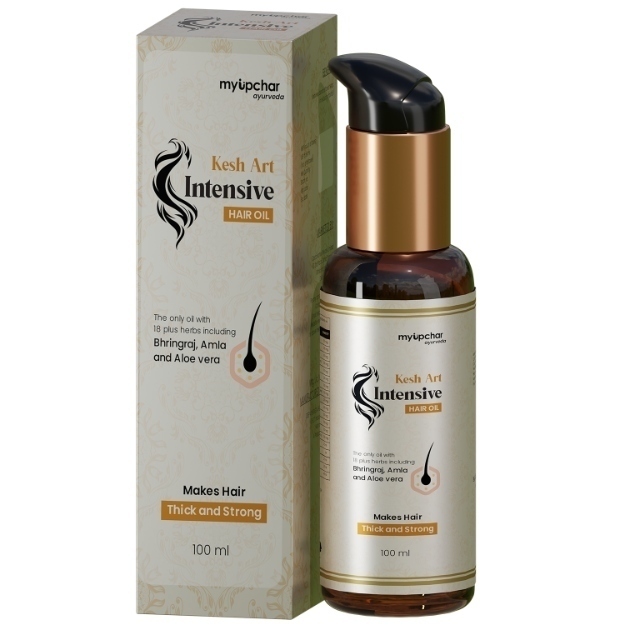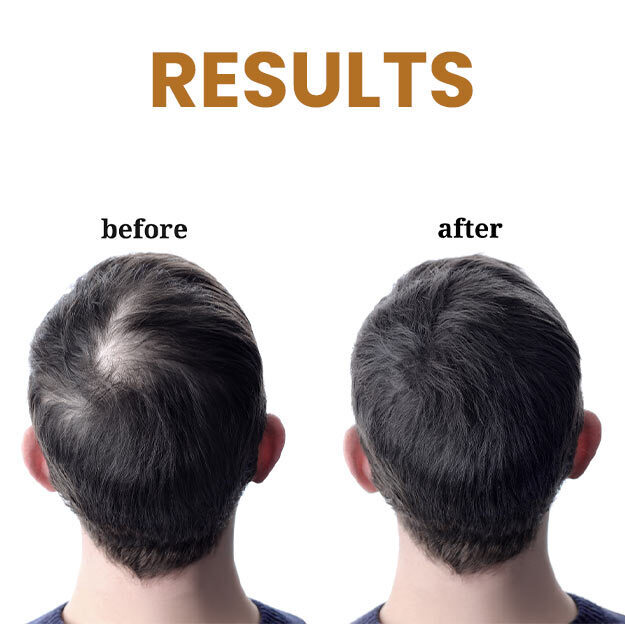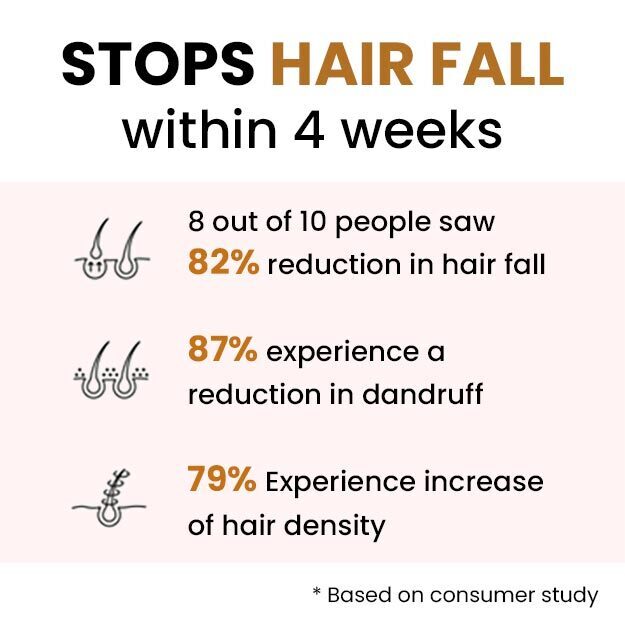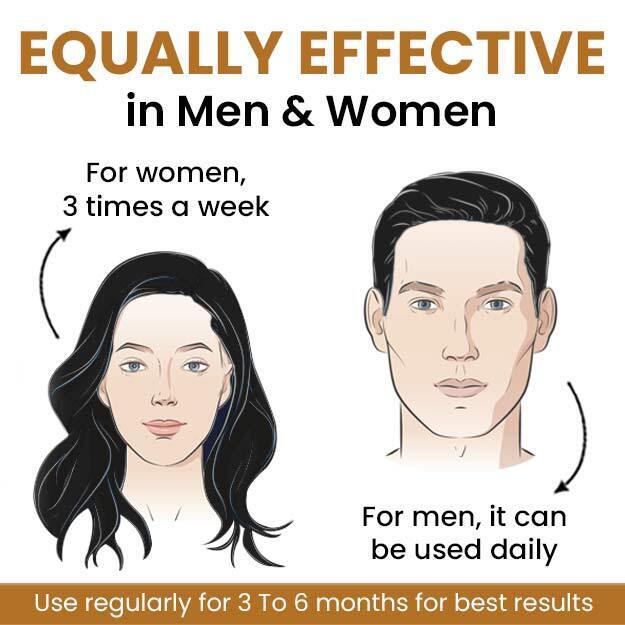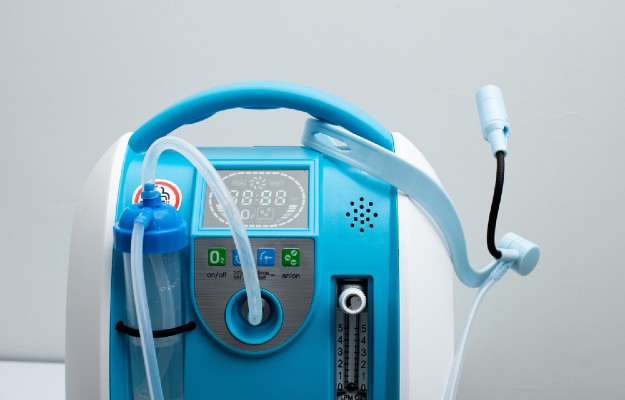The best way to stop a new disease from spreading is to identify the very first cases (index cases) that showed up in a setting - primary cases - and to quickly identify all the people who have come in contact with the original case. The more the contacts identified, the lesser the chance of the disease spreading in the community.
A close contact is anybody who has been within a metre of the primary case after they show symptoms and at least 4 days before they show symptoms. The person does not have to be in physical contact with the patient to be listed as close contact. Close contacts may include the immediate family, neighbours, colleagues, teachers, classmates or anybody in the patient’s social sphere.
A primary case may be imported - had come from a country with a high number of cases within the last 14 days. However, it is defined as the first case that shows up anywhere in a setting it could be a single household, a healthcare facility or a workplace.
Anyone who develops symptoms of the disease or tests positive for it within a day (or more) after coming in contact with the primary case is known as a secondary case.
If someone is asymptomatic or showing the signs of COVID-19 (fever, cough) but has a history of travel to the affected area or coming in contact with an infected person is listed as a suspected case. Listing of suspected cases is done for ease for tracing them later.
Read more: How to take a suspected COVID-19 patient to the hospital
A probable case is someone who has got inconclusive results in a COVID-19 test. And those that do get a positive result in COVID-19 test are confirmed cases.
To find out suspected and confirmed cases, respiratory samples, blood and other fluids (if needed) are taken from all the close contacts of the primary patient on day 1 and then again between day 14 to 21. The contacts are followed up to look for symptoms between this time. If any person gets symptoms or tests positive, they are shifted to confirmed cases. Confidentiality is maintained regarding the names of all close contacts throughout the investigation.
Read more: What is contact tracing and how does it help in curbing COVID-19
Tracing the first case and its close contacts:
- Helps understand the clinical presentation of the diseases in various people.
- Helps find out the incubation period of the disease. Incubation period is the time between exposure to the virus and manifestations of symptoms.
- Gives information about the modes of transmission of the disease.
- Tells about the rate of secondary infections (how quickly the infection spreads amongst close contacts) and the features of the disease in the secondary cases.
- Helps identify the reproductive number of the disease - how many people a single person can infect - and the serial interval - the time period between two subsequent infections.
- Helps check for the severity ratio of the disease - how many cases are mild and how many are fatal.
To identify all the imported cases, the National Centre for Disease Control also has a self-reporting/case investigation form for those suspected of having symptoms of COVID-19. The form includes all the personal information of the person - name, address, contact number, age and gender for example, along with symptoms, risk factors (in case the patient has a disease) and a travel history to the affected areas. Also, the forms for contact tracing.
Some of the findings that are reported in this study include:
- The number of primary cases and their close contacts.
- Number of symptomatic, asymptomatic, suspected and laboratory-confirmed cases amongst contacts.
- Close contacts who already have developed antibodies to the virus.
All the findings are stratified as per characteristics like age, sex, time, and place.


